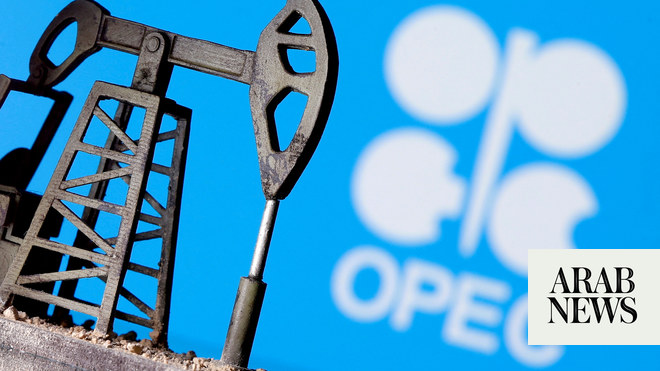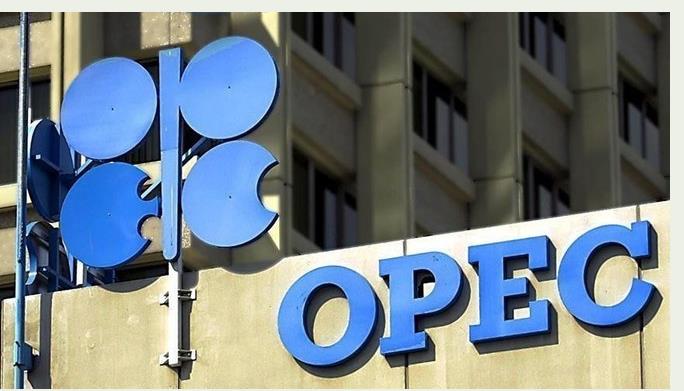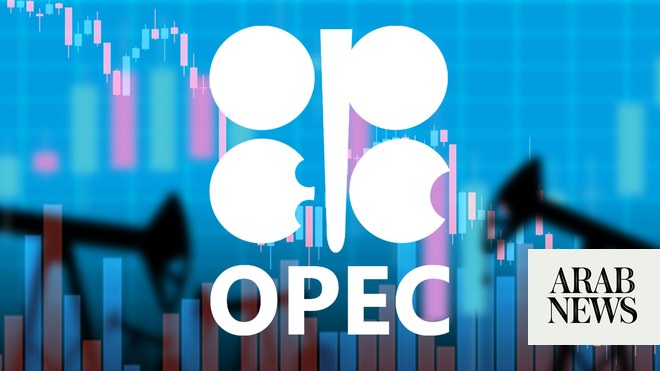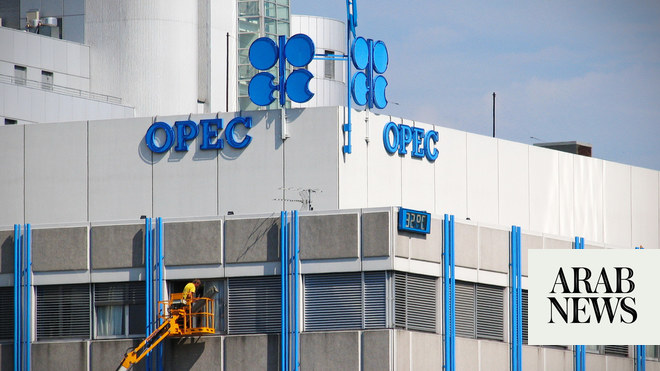
OPEC on Tuesday said it expected to see robust global oil demand growth in 2023 with potential economic upside coming from a relaxation of China's zero-COVID policies, which this year have pushed the country's oil use into contraction for the first time in years.
World oil demand in 2023 will rise by 2.25 million barrels per day (bpd), or about 2.3%, the Organization of the Petroleum Exporting Countries (OPEC) said in a monthly report. The forecast was steady from November, after a series of downgrades.
"Although global economic uncertainties are high and growth risks in key economies remain tilted to the downside, upside factors that may counterbalance current and upcoming challenges have emerged as well," OPEC said in the report.
"A resolution of the geopolitical conflict in Eastern Europe and a relaxation of China's zero-COVID policy could provide some upside potential," the report said in a separate section, according to Reuters.
Chinese demand, hit by COVID containment measures, will average 14.79 million bpd in 2022, down 180,000 bpd from 2021, OPEC said. OPEC figures in another publication, the Annual Statistical Bulletin, show it rising in the 2017-2021 period.
An annual contraction in Chinese demand for gasoline, diesel and jet fuel would be the first since 2002, according to Energy Aspects which earlier forecast one.
In the report, OPEC nudged up its 2022 economic growth forecast to 2.8% and left 2023 steady at 2.5%. As well as the relaxation of China's COVID policy, the report listed other sources of upside including commodity price weakness.
"Upside potential – or at least counterbalancing factors – may come from the US Federal Reserve successfully managing a soft landing in the United States, as well as from a continued easing of commodity prices and a resolution of the tensions in Eastern Europe," OPEC said.
Oil prices, which came close to the all-time high of $147 a barrel in March after Russia invaded Ukraine, have unwound most of their 2022 gains. Crude was trading around $80 on Tuesday.
The report also showed that OPEC's production dropped in November after the wider OPEC+ alliance pledged steep output cuts to support the market amid the worsening economic outlook and weakening prices.
For November, with prices weakening, OPEC+ agreed to a 2 million bpd reduction in its output target - the largest since the early days of the pandemic in 2020. OPEC's share of the cut is 1.27 million bpd.
In the report, OPEC said its output in November fell by 744,000 bpd from October to 28.83 million bpd.












